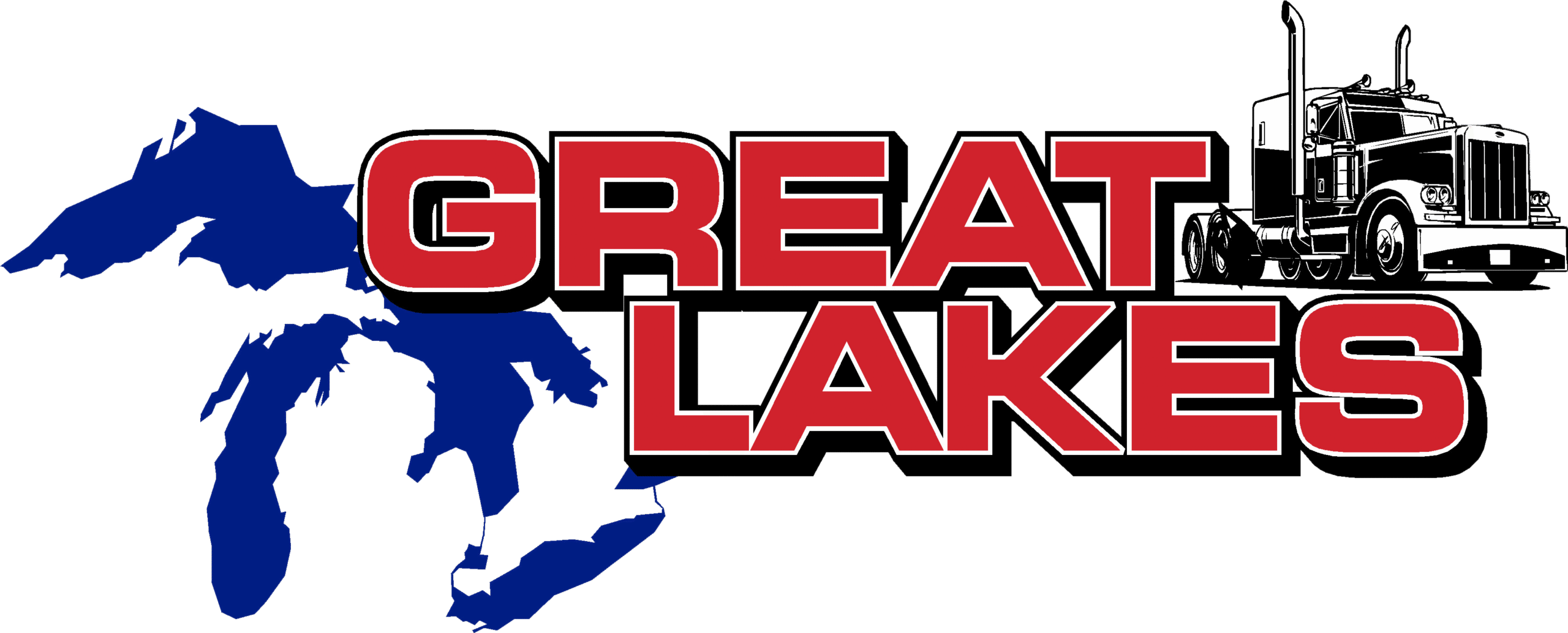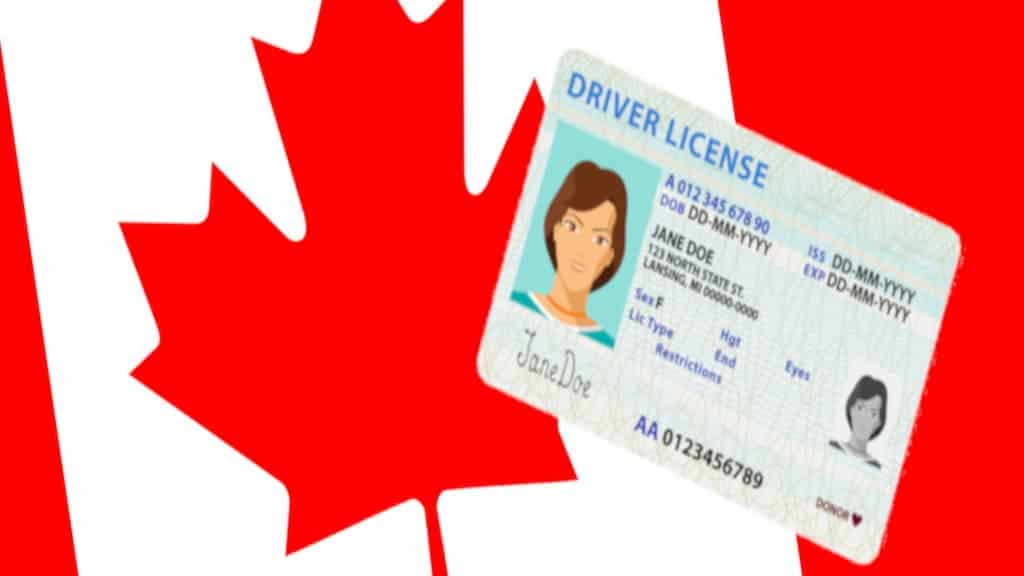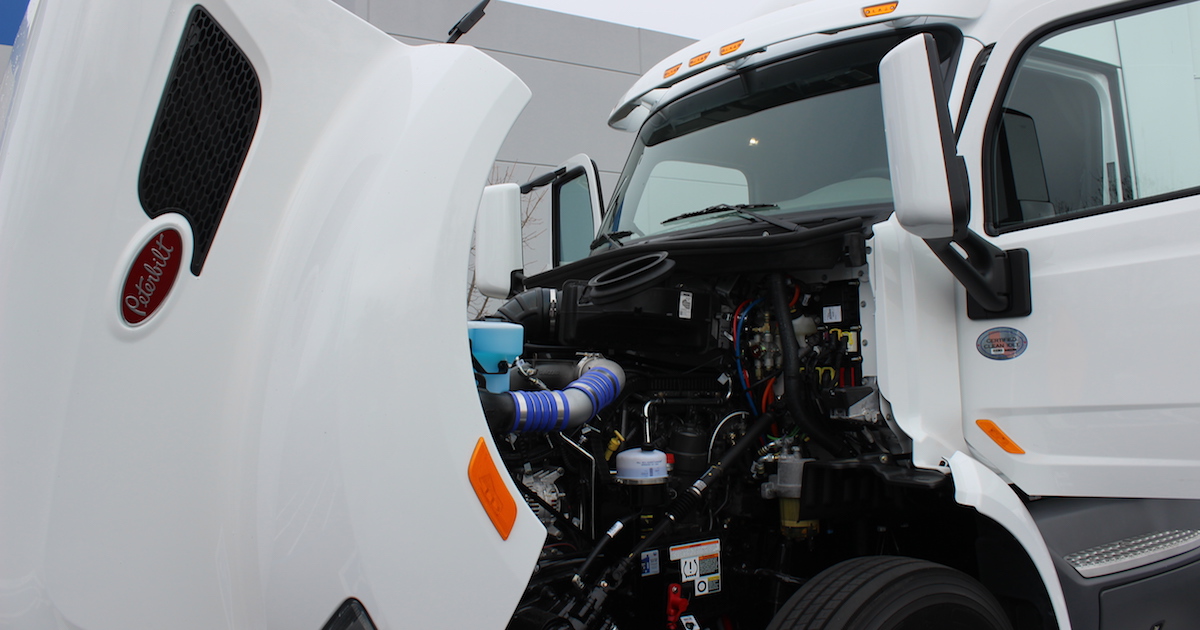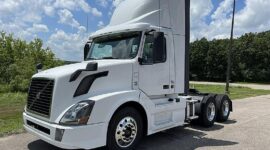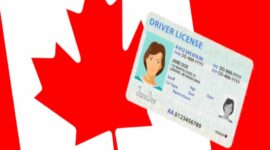Why Choose Great Lakes Truck Driving School Inc. (Windsor, ON)
Windsor runs on wheels. Between the Ambassador Bridge, the auto plants, and the constant flow along the 401 and E.C. Row, this city is built on logistics. If you’re serious about a stable, high-responsibility career that actually moves something, you need training that’s local, practical, and respected by carriers. That’s where we come in.
Great Lakes Truck Driving School Inc. — Windsor, ON
850 Division Road, Windsor, ON N8W 5R9
📞 519-981-9111 | ✉️ info@greatlakestds.ca
A school with one focus: turn new drivers into safe, hireable professionals
Our training is built around three promises:
- Safety first, always. You’ll master Ontario’s Schedule 1 daily inspection, air-brake checks, winter driving fundamentals, and defensive driving.
- Skills that hold up at 3 a.m. in February (worst-case conditions). Backing, coupling/uncoupling, lane control, space and speed management, city and highway routines.
- Professionalism carriers notice. Hours-of-Service and ELD use, basic cargo securement concepts, trip planning, border basics, yard etiquette, and paperwork discipline.
What makes us different in Windsor
- Border-city advantage
Train minutes from the Windsor-Detroit crossings and real carrier yards. You’ll practice the same traffic patterns, weather, and routing you’ll face on the job. - MELT done right
Ontario’s Mandatory Entry-Level Training is the baseline. We teach it thoroughly, with extra reps where new drivers struggle most: mirror usage, trailer off-tracking, and precision backing. - Low student-to-truck time
You can’t learn tractor-trailer control from the passenger seat. We prioritize actual wheel time and structured yard practice. - Road-test preparation on Windsor routes
Mock tests on realistic routes so test day feels familiar. - Instructor bench you can trust
Experienced drivers who’ve hauled in real conditions, not just read about them. - Career support that respects your time
Resume polishing for entry-level roles, interview prep, employer info sessions, and references when you earn them. No gimmicks, no “guaranteed job” hype. - Transparent, professional culture
Clear expectations, safety standards, and honest feedback. If something isn’t test-ready, we tell you and help you fix it.
Program at a glance (Class A)
- Eligibility: 18+, full Class G, vision/knowledge tests, commercial medical as required.
- Training: MELT curriculum with classroom, yard, and in-cab instruction.
- Air-brake (Z) endorsement: Instruction and practical checks.
- Inspections: Full Schedule 1 pre-trip and in-cab routines, major vs minor defects.
- Vehicle control: Turns, shifting or automatic operation, hazard scanning, space management.
- Backing: Straight, offset, alley dock, setup discipline.
- Coupling/uncoupling: Fifth wheel, lines, visual verification, safe sequences.
- Compliance: Hours-of-Service, ELD basics, weights and dimensions, basic cargo securement concepts.
- Test prep: Targeted correction and mock road tests.
Thinking Class D (straight truck)? We also train straight-truck skills and road-test prep. Ask our team which pathway fits your goals.
Outcomes that actually matter
- Confidence doing the hard things well
Precision backing, controlled turns without curb strikes, clean coupling, and disciplined inspections. - Fewer rookie mistakes
We drill mirror timing, trailer tracking, and low-speed control so you don’t learn “the expensive way.” - Professional habits
Accurate logs, clean defect reporting, and reliable trip planning that dispatch can count on.
Who we’re a great fit for
- New Canadians and career changers who want a proven path into a regulated, in-demand trade.
- Detail-oriented learners who want clear checklists, repeatable routines, and honest coaching.
- Serious beginners who want the right habits from day one, not shortcuts.
What graduates say (real themes we hear)
“I stopped guessing. The pre-trip sequence and backing setups are locked in.”
“Mock tests made the real test feel normal, not scary.”
“They didn’t sugar-coat anything. I knew exactly what to fix and how.”
Admissions: simple and clear
- Talk to us: 519-981-9111 or info@greatlakestds.ca
- Visit the yard: see the equipment, meet instructors, get timelines.
- Confirm eligibility: 18+, full G, knowledge/vision tests, medical as required.
- Enroll: Class A MELT or Class D pathway.
- Train and test: structured plan to your road test, with targeted practice.
Why now, why here
Windsor isn’t a place where trucks are occasional visitors. They are the lifeblood of work here. If you want a career that rewards discipline, calm under pressure, and real skill, start where those habits are taught with respect and precision.
Great Lakes Truck Driving School Inc. — Windsor, ON
850 Division Road, Windsor, ON N8W 5R9
📞 519-981-9111 | ✉️ info@greatlakestds.ca
Train with us. Test with confidence. Drive with pride.
